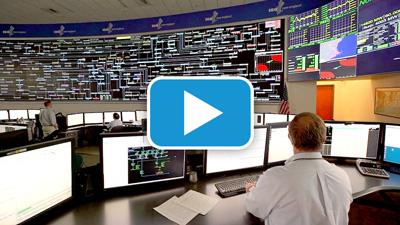Reliable Electricity, Competitive Prices
ISO New England is the independent, nonprofit company authorized by the Federal Energy Regulatory Commission (FERC) to perform three critical, complex, interconnected roles for the region spanning Connecticut, Rhode Island, Massachusetts, Vermont, New Hampshire, and most of Maine. Together, these three responsibilities help protect the health of the region’s economy and the well-being of its people by ensuring the constant availability of competitively-priced wholesale electricity—today and for future generations.
Our Three Critical Roles

Grid operation:
Every minute of every day, we coordinate and direct the flow of electricity over the region's high-voltage transmission system.

Market administration:
We design, run, and oversee the billion-dollar markets that attract a large and diverse mix of participants to buy and sell wholesale electricity at the most competitive prices.

Power system planning:
We do the studies, analyses, and planning to make sure New England’s electricity needs will be met by considering the evolution of the system over the next 10 years and beyond.
Things We Don’t Do

Handle retail electricity

Own power grid infrastructure

Have a stake in companies that own grid infrastructure

Have jurisdiction over fuel infrastructure

Have control over siting decisions

